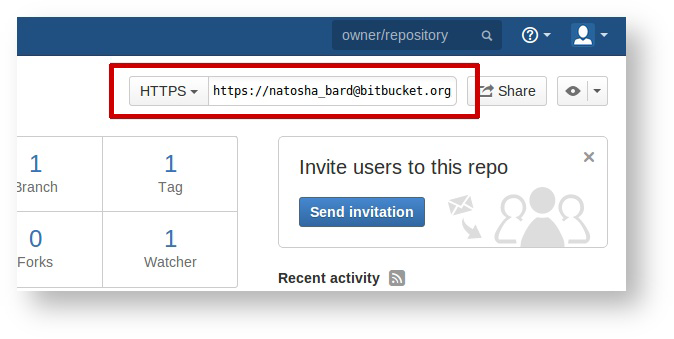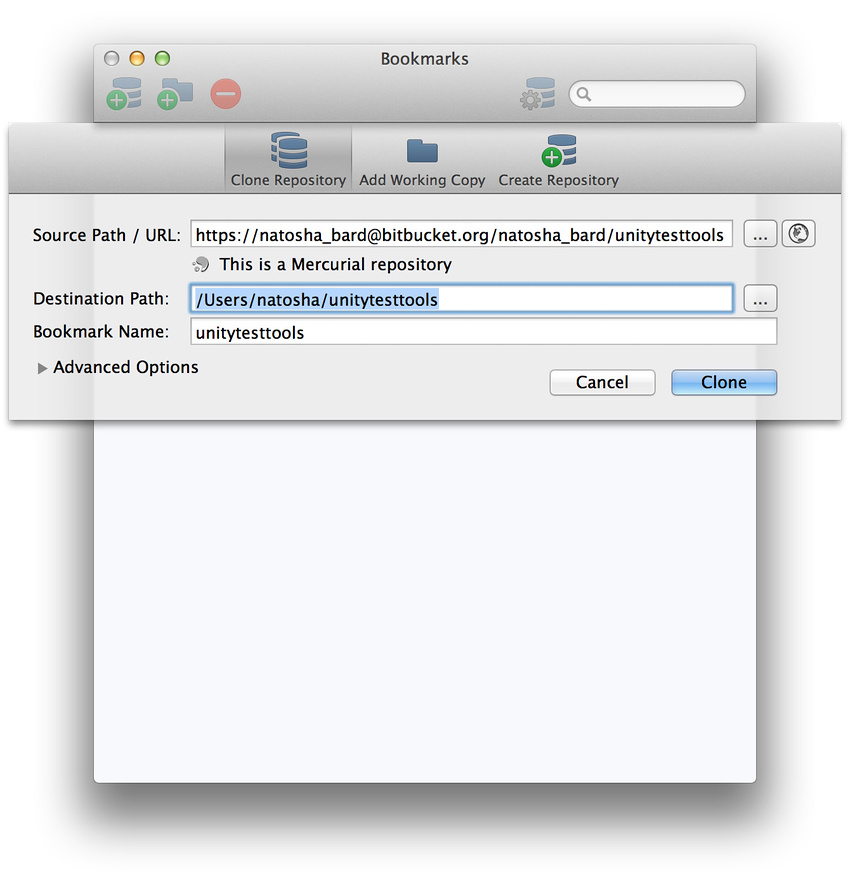Step 3: Clone your fork
Next, clone your fork locally so that you can make your modifications. If the repository is a Mercurial repository, you’ll need to get a Mercurial client. If it’s a Git repository, you’ll need to get a Git client. Atlassian (the company that owns Bitbucket) maintains an application called SourceTree, which runs on both Windows and OS X and works with both Mercurial and Git repositories. We use SourceTree heavily within Unity to interact with our own Mercurial repositories. Explore the download page for Mercurial and Git to see the different options available.
Once you have your Mercurial or Git client ready, you can clone it via the URL on your fork’s page:

This an example of cloning our fork in SourceTree:

对文档有任何疑问,请移步至开发者社区提问,我们将尽快为您解答